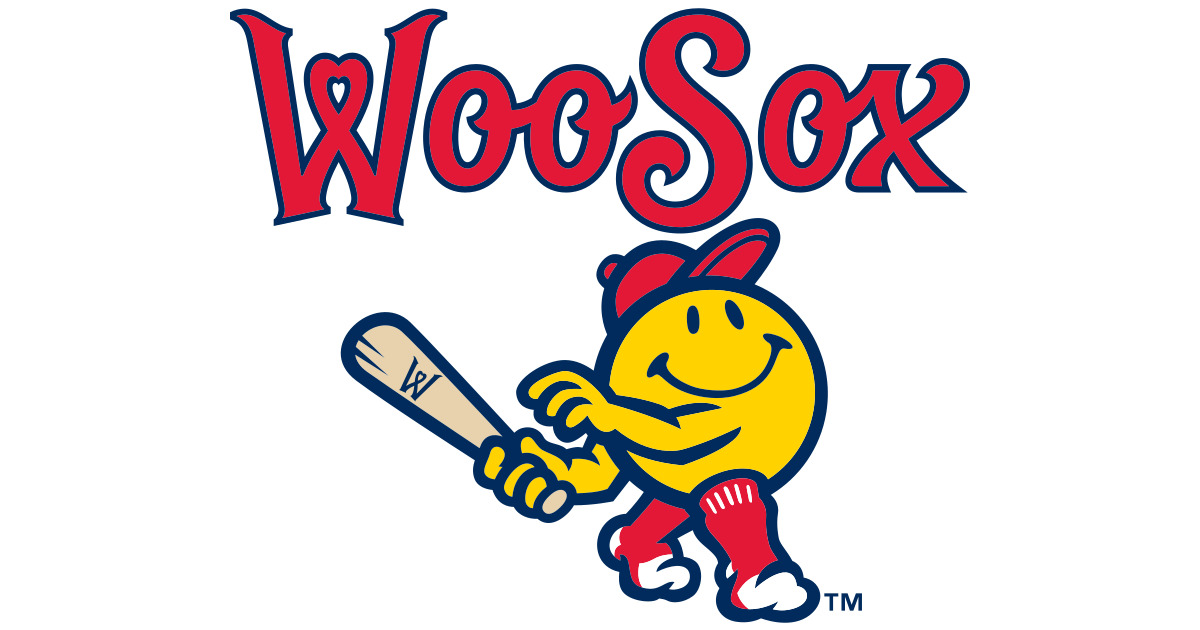
In celebration of Black History Month, throughout February, teams across Minor League Baseball are taking a look back at five of the best Black players to suit up for their club.
While some of these standout performers went on to long and illustrious Major League careers, others simply had great Minor League careers or, in some cases, just one incredible season that went down as “a year for the ages.”
Here is a look at five of the best Black baseball players ever to suit up for the WooSox/PawSox organization.
Sam Horn
Sam Horn was drafted by the Red Sox in the first round with the sixth overall pick in the 1982 draft out of Samuel Morse High School in San Diego, CA. In 1987 Horn had one of the best offensive seasons in Triple-A franchise history when he belted 30 Home Runs, 82 RBI, and hit .321 before getting called up by the Boston Red Sox in July of that same year. Horn would later hit another 10 Home Runs in his first 82 trips to the plate as a member of the Major League Club during the 1987 season. He was also a member of the Baltimore Orioles in 1992 during the Innaugural Season at Camden Yards, where he scored the first-ever run in the history of the new ballpark. Horn has always stayed connected with Larry Lucchino, who would later build Petco Park in San Diego before becoming President & CEO of the Boston Red Sox in 2002. Horn now resides in Rhode Island, where he continues to stay active in the community for the Worcester Red Sox and Boston Red Sox.
Dennis “Oil Can” Boyd
Dennis “Oil Can” Boyd was rafted by the Boston Red Sox in the 16th round of the 1980 amateur draft out of Jackson State University. The Meridian, MS native made his Major League debut for Boston in 1982 and won 16 games in 1986 as a critical member of the American League Championship team’s starting rotation. He was also the recipient of the Boston Red Sox Pitcher of the Year Award voted on by the Boston baseball Writers Association in 1985. Boyd would pitch for the Red Sox through the end of the 1989 season before moving on for stints with the Montreal Expos (1990-1991) and Texas Rangers (1992). Boyd also had two uncles who played baseball professionally— Robert Boyd played for the Kansas City Athletics and Memphis Red Sox of the Negro Leagues, and his Great Uncle Benjamin played for the Memphis Red Sox and Homestead Grays. Dennis resided in East Providence for years where he was always a fixture at PawSox games, and stays active in the community for both the Worcester Red Sox and Boston Red Sox.
Jim Rice
Jim Rice was the only player in the last 50 years of the International League to win the IL Triple Crown when he hit .337 along with 25 HR and 93 RBI in just 117 games for the 1974 Pawtucket Red Sox to lead the league in all three categories. He was one of only six players to capture the IL Triple Crown in the 132 years of the International League. Rice, who was Pawtucket’s all-time hitting leader with a .340 average, joined the PawSox late in the 1973 season (at the age of 20) and helped lead the club to the Governors’ Cup Championship and the Junior World Series title. He was the IL MVP in 1974 despite being promoted to Boston in mid-August. Rice ranks among the all-time Boston Red Sox leaders in at-bats (3rd), runs (4th), hits (3rd), doubles (6th), triples (6th), HR (3rd), RBI (3rd), walks (8th), slugging pct. (8th), and total bases (3rd) among others. An 8-time American League All-Star outfielder (1977-80, 83-86), Jim was enshrined in the National Baseball Hall of Fame in Cooperstown in 2009. He was also a member of the first class of Red Sox Hall of Fame inductees in 1995 and was elected to the International League Hall of Fame in 2008.
Mo Vaughn
Mo Vaughn was a popular player for the PawSox for parts of three seasons (1990-92) and went on to a stellar 12-year Major League career with Boston (1991-98), Anaheim (1999-2000), and the New York Mets (2002-03). He finished his big league career with a .293 average along with 328 HR & 1064 RBI in 1512 games. Mo was a three-time American League All-Star with the Red Sox (1995, ’96 and ’98) and the American League MVP in 1995 when he hit .300 with 39 HR & 126 RBI. The “Hit Dog” followed that up with a sensational 1996 campaign for Boston batting .326 with career-highs of 44 HR & 143 RBI. Vaughn was chosen by the Red Sox in the 1st round of the 1989 draft. He spent all of 1990, at the age of 22, with the PawSox posting a .295 average with 22 HR & 72 RBI in 108 games. He would split the 1991 season between Pawtucket and Boston, returned briefly to Pawtucket in 1992 for 39 games, but then spent the rest of his career in the majors. From 1996-98 with the Red Sox he hit .315 or higher and averaged 40 homers and 118 RBI.
Jackie Bradley Jr.
Jackie Bradley Jr. was reacquired by the Boston Red Sox in a trade from the Milwaukee Brewers on December 1, 2021. Bradley Jr. has played in 1,007 major league games with the Red Sox (2013-20) and Brewers (2021), batting .230 with 104 home runs. A 2016 All-Star, he earned the Rawlings Gold Glove Award for center field in 2018 and was a finalist for the award in three other seasons (2014, ’16, ’19). Bradley helped the Red Sox win the 2018 World Series, as he was named Most Valuable Player of the American League Championship Series. Selected by the Red Sox in the supplemental round of the 2011 June Draft, Jackie was among the most popular players in Pawtucket Red Sox history while playing for the PawSox during parts of the 2013-15 and 2017 seasons. An active member of the community along with his wife, Erin, Bradley served as captain of the Red Sox Scholars program from 2016-20 and supported the Boston Health Care for the Homeless Program.

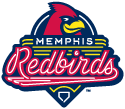 NEW YORK, NY, Feb. 1, 2022 —Minor League Baseball® (MiLB™) today announced the launch of “The Nine,” a new, Black-community focused outreach platform specifically designed to honor and celebrate the historic impact numerous Black baseball pioneers made on the sport, provide new opportunities for youth baseball and softball participation, further diversify the business of baseball, and embrace millions of passionate fans throughout MiLB’s 120 communities nationwide.
NEW YORK, NY, Feb. 1, 2022 —Minor League Baseball® (MiLB™) today announced the launch of “The Nine,” a new, Black-community focused outreach platform specifically designed to honor and celebrate the historic impact numerous Black baseball pioneers made on the sport, provide new opportunities for youth baseball and softball participation, further diversify the business of baseball, and embrace millions of passionate fans throughout MiLB’s 120 communities nationwide. In celebration of Black History Month and
In celebration of Black History Month and 



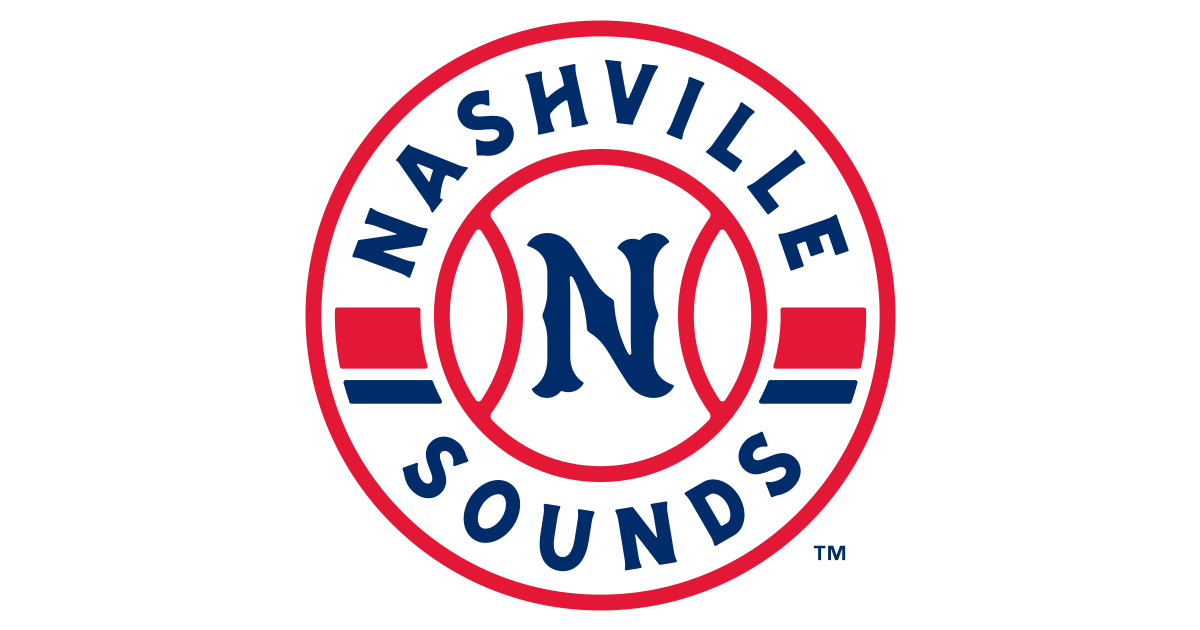
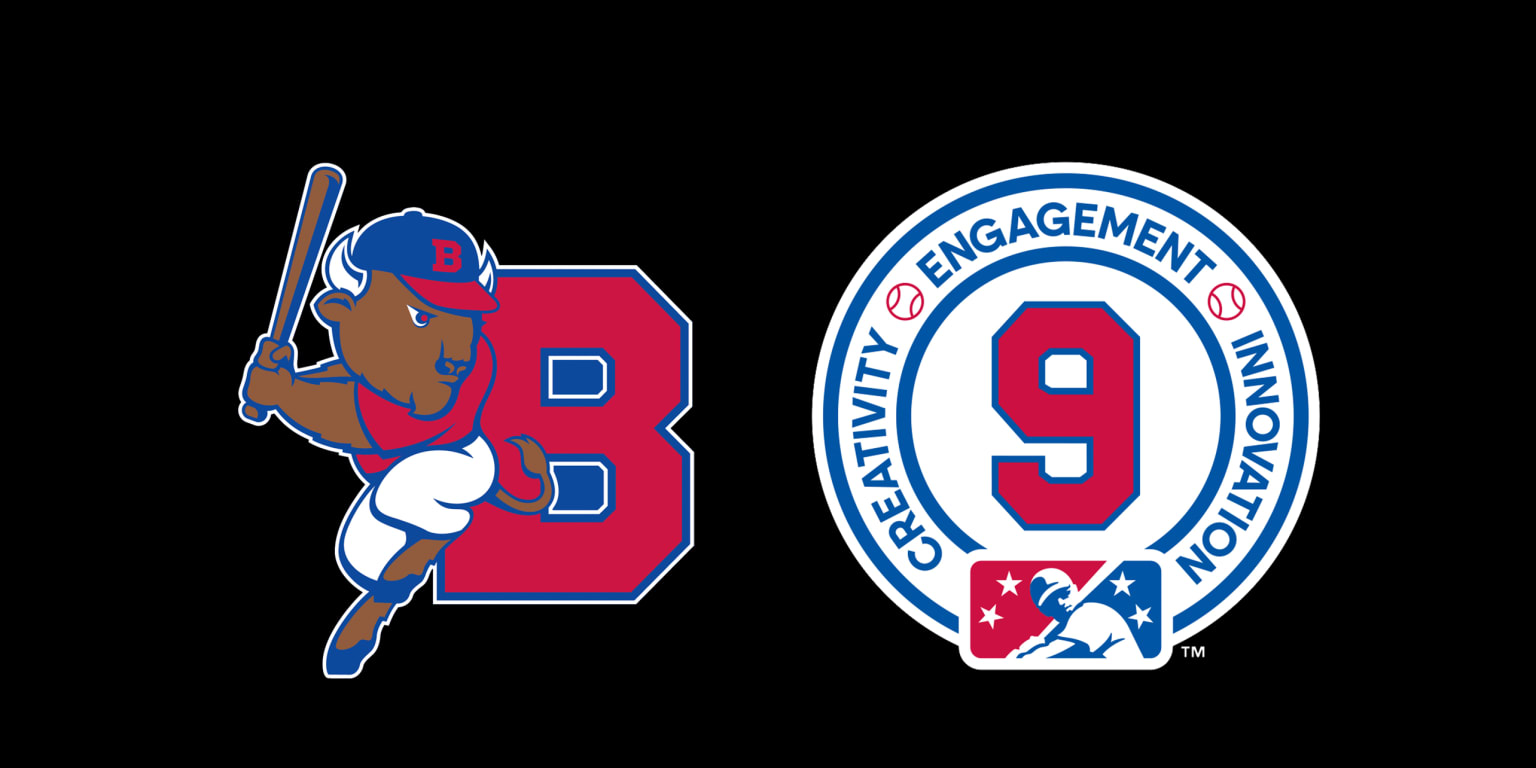
 Minor League Baseball has announced the launch of “The Nine,” a new, Black-community focused outreach platform specifically designed to honor and celebrate the historic impact numerous Black baseball pioneers made on the sport, provide new opportunities for youth baseball and softball participation, further diversify the business of baseball, and embrace millions of passionate fans throughout MiLB’s 120 communities nationwide.
Minor League Baseball has announced the launch of “The Nine,” a new, Black-community focused outreach platform specifically designed to honor and celebrate the historic impact numerous Black baseball pioneers made on the sport, provide new opportunities for youth baseball and softball participation, further diversify the business of baseball, and embrace millions of passionate fans throughout MiLB’s 120 communities nationwide.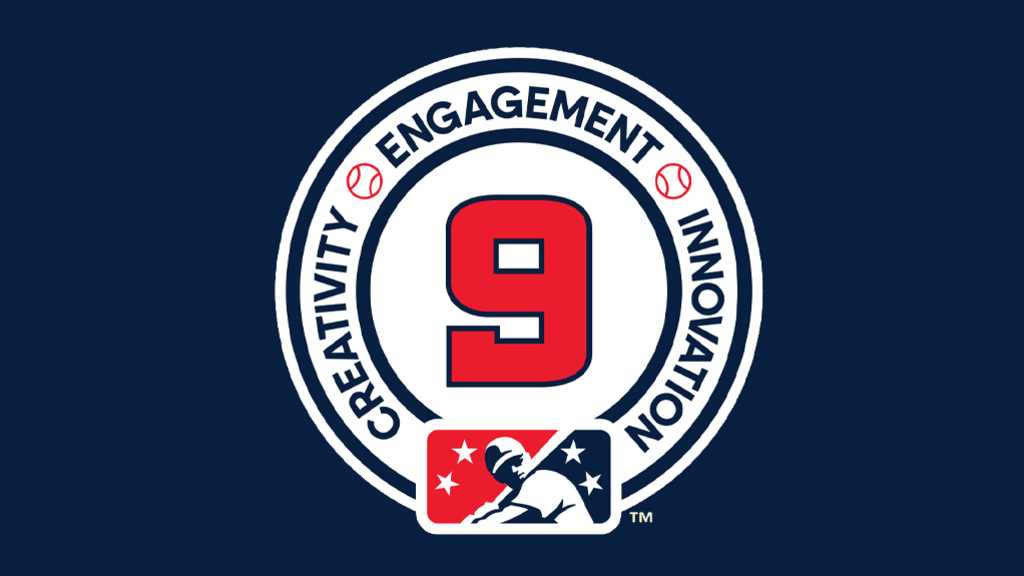
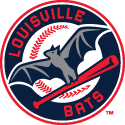 LOUISVILLE, KY. – The Louisville Bats, in conjunction with Minor League Baseball, today announced the team will be at the forefront of a nation-wide outreach program to help connect Black communities to baseball. The new program, “The Nine,” will feature local outreach initiatives from 60 participating teams across Minor League Baseball during the 2022 season.
LOUISVILLE, KY. – The Louisville Bats, in conjunction with Minor League Baseball, today announced the team will be at the forefront of a nation-wide outreach program to help connect Black communities to baseball. The new program, “The Nine,” will feature local outreach initiatives from 60 participating teams across Minor League Baseball during the 2022 season.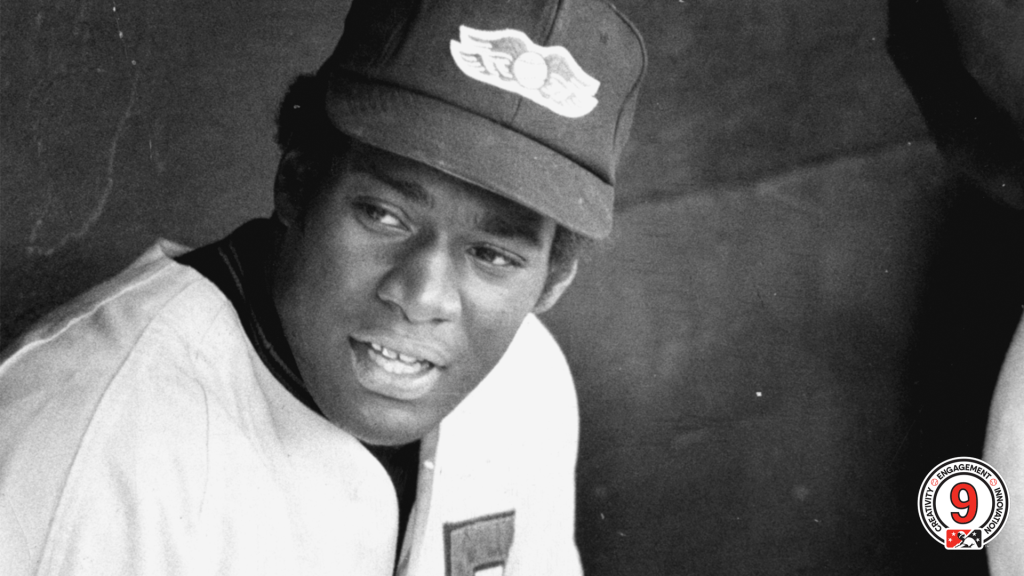
 In celebration of Black History Month, throughout February, teams across Minor League Baseball are looking back at five of the best Black players to suit up for their club or play for a team within its market.
In celebration of Black History Month, throughout February, teams across Minor League Baseball are looking back at five of the best Black players to suit up for their club or play for a team within its market. In celebration of Black History Month, throughout February, teams across Minor League Baseball are taking a look back at five of the best Black players to suit up for their club.
In celebration of Black History Month, throughout February, teams across Minor League Baseball are taking a look back at five of the best Black players to suit up for their club.


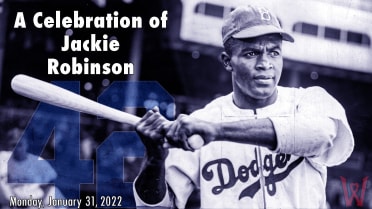
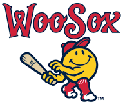 WORCESTER, MA — In 1997, on the 50th anniversary of Jackie Robinson’s dismantling of Major League Baseball’s color barrier, Worcester Red Sox President Dr. Charles Steinberg, then Executive Vice President of the San Diego Padres, watched as a reporter kneeled next to a little girl to ask if she knew who Jackie was.
WORCESTER, MA — In 1997, on the 50th anniversary of Jackie Robinson’s dismantling of Major League Baseball’s color barrier, Worcester Red Sox President Dr. Charles Steinberg, then Executive Vice President of the San Diego Padres, watched as a reporter kneeled next to a little girl to ask if she knew who Jackie was.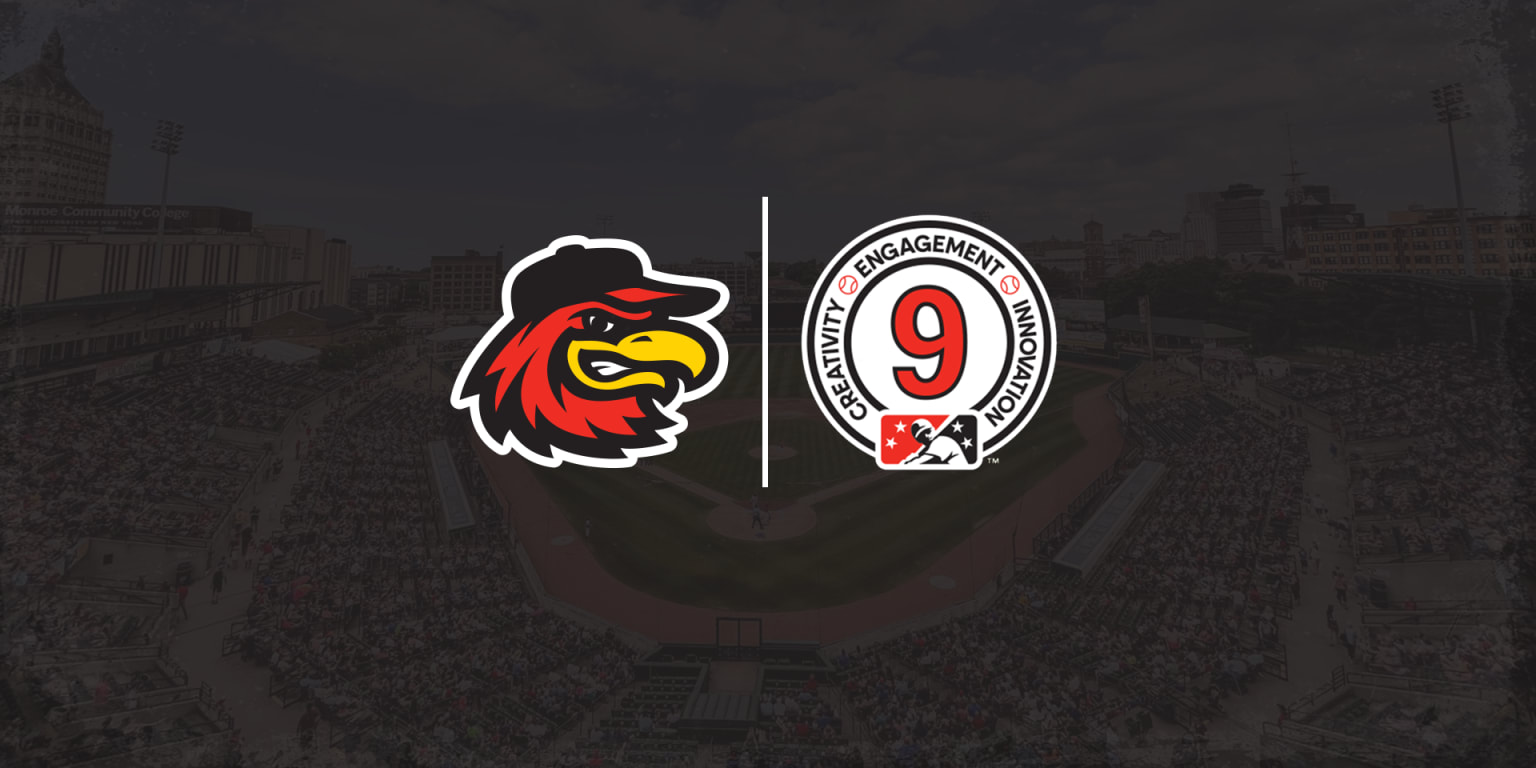
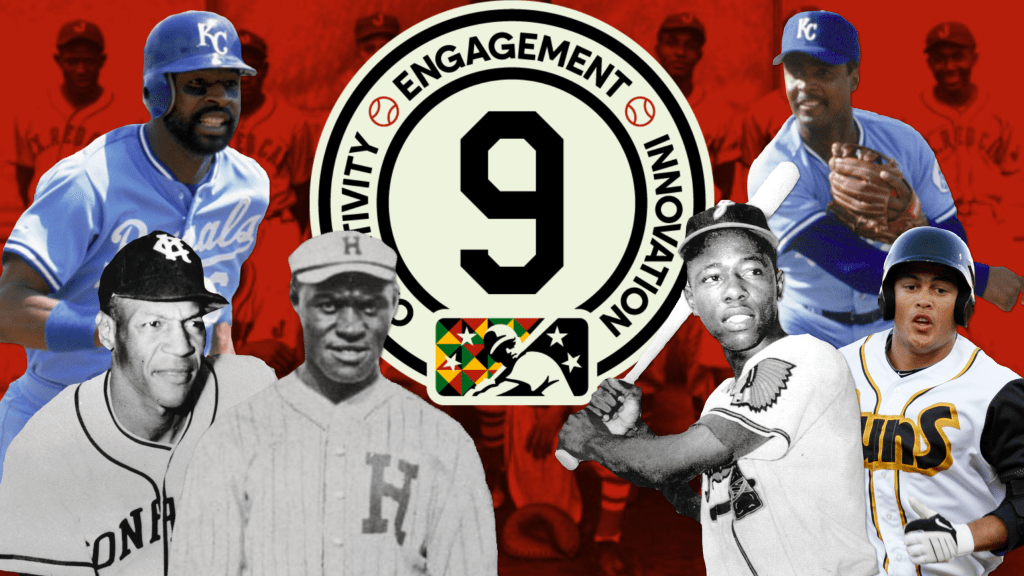
 In celebration of Black History Month, throughout February, teams across Minor League Baseball are taking a look back at five of the best Black players to suit up for their club.
In celebration of Black History Month, throughout February, teams across Minor League Baseball are taking a look back at five of the best Black players to suit up for their club.





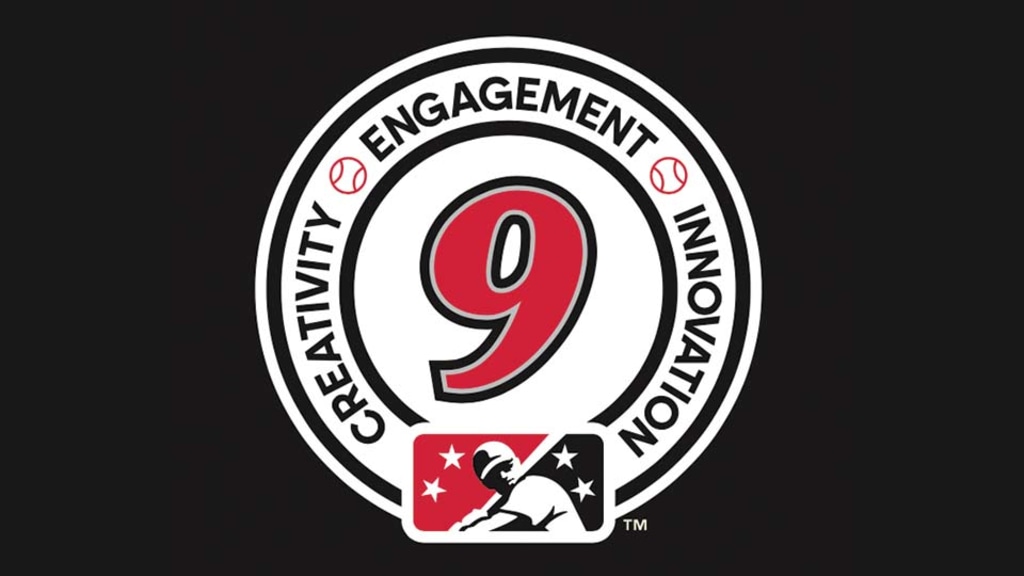
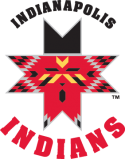 In celebration of Black History Month, throughout February, teams across Minor League Baseball are looking back at five of the best Black players to suit up for their club or play for a team within its market.
In celebration of Black History Month, throughout February, teams across Minor League Baseball are looking back at five of the best Black players to suit up for their club or play for a team within its market.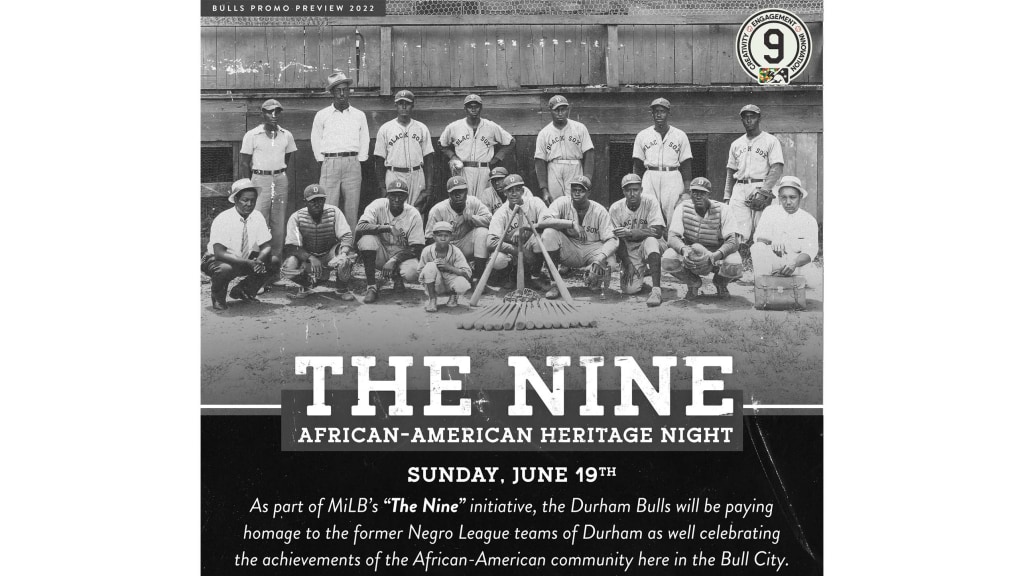
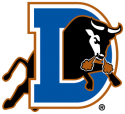 The Durham Bulls in conjunction with Minor League Baseball (MiLB) today announced the launch of “The Nine”, a new, Black-community focused outreach platform across MiLB specifically designed to honor and celebrate the historic impact numerous Black baseball pioneers made on the sport, provide new opportunities for youth baseball and softball
The Durham Bulls in conjunction with Minor League Baseball (MiLB) today announced the launch of “The Nine”, a new, Black-community focused outreach platform across MiLB specifically designed to honor and celebrate the historic impact numerous Black baseball pioneers made on the sport, provide new opportunities for youth baseball and softball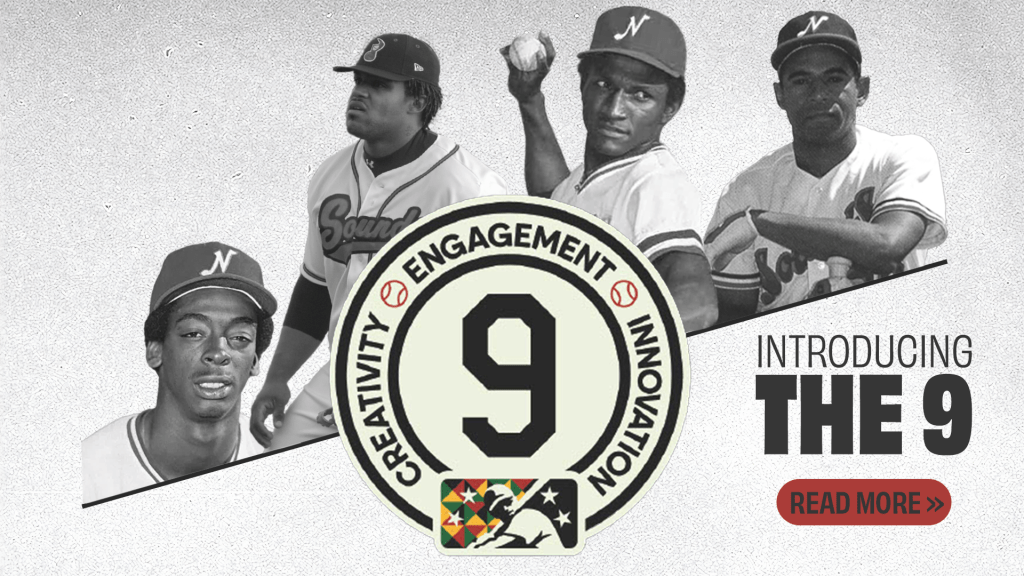
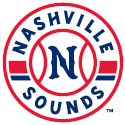 In celebration of Black History Month, throughout February, teams across Minor League Baseball are taking a look back at five of the best Black players to suit up for their club.
In celebration of Black History Month, throughout February, teams across Minor League Baseball are taking a look back at five of the best Black players to suit up for their club.